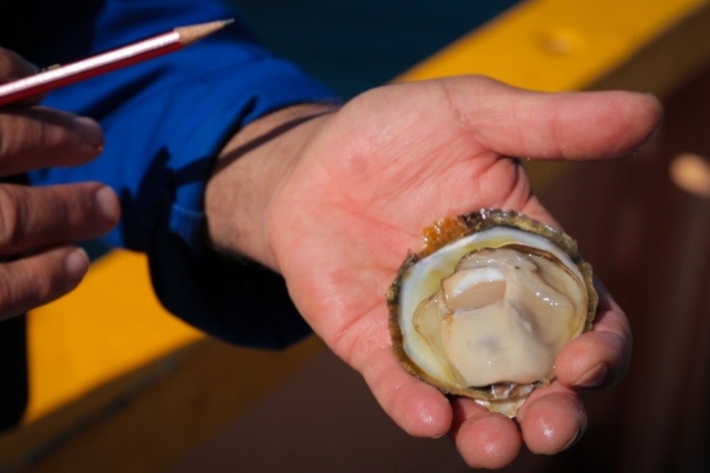-

Wave hazard research
Research ProjectNIWA collects wave data, develops and verifies wave forecasting systems, and is developing and producing wave projections. -

The Intergovernmental Panel on Climate Change (IPCC)
Education ResourceThe Intergovernmental Panel on Climate Change (IPCC) is charged with assessing the most up to date scientific, technical and socio-economic research on climate change. -

Water clarity
Water clarity or turbidity is the cloudiness or haziness in a fluid caused by individual small particles (suspended solids). -

Impacts of hydro
Impacts of hydro-electric activities on water quality and mahinga kai. -

Pulp and paper
Wood chips and plant material make pulp that is used to produce paper products. -

Tuna - glass eels
Glass eels (about 5.5 to 7.0 cm) arrive in fresh water during spring, especially during September and October, although they may be present from July to December. -

Questions and answers about oyster disease Bonamia ostreae
Media release06 June 2017NIWA is today issuing some scientific information on the parasite Bonamia ostreae, recently discovered in Big Glory Bay, Stewart Island, and the risk it poses to the Bluff oyster fishery. -

Common hydrological terms
Education ResourceDescriptions of the common terms that explain the processes that occur in hydrology. -

What is Kaitiaki Tools?
Kaitiaki Tools is a guide to teach people (especially hapū and iwi groups) who manage the resource consent process.


